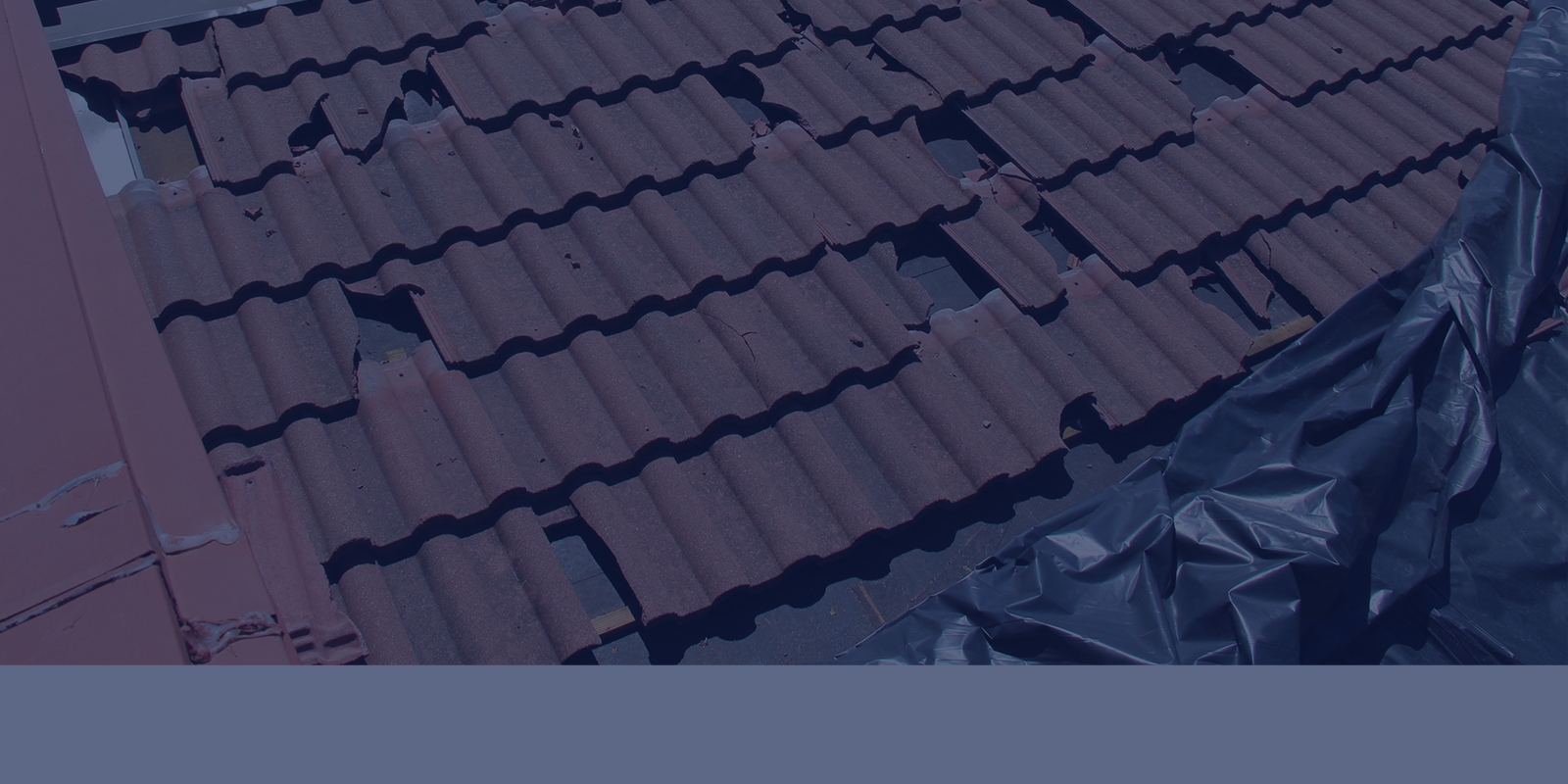You ask, we answer! As part of our limited series, we give you the chance to ask our forensic experts questions about the evaluation of damage to buildings, equipment, and other components of the built environment. Those submitting questions may have their question anonymously posted and answered in our monthly web blog, as below.
Q. Can hail damage concrete or brick construction materials?
This topic has been thoroughly investigated by Nelson’s professionals as a part of many projects where the influence of hail impact damage to rigid surfaces is in question. Concrete and brick materials are harder than hail (i.e., ice). Therefore, hail impact is not expected to damage the integrity of these materials, provided that they were properly maintained and not deteriorated prior to the impact event(s) .
Experience has demonstrated that most concrete surfaces do not experience abrasion, fracturing, or other damage from hail impact. However, if a large hailstone was to impact a specific area where the concrete was already spalled or otherwise deteriorated at the surface, some exacerbation of material disposition could be possible. However, for structural concrete and exposed concrete slab surfaces in good condition, even large hail would not be expected to cause appreciable damage. This discussion relates to structural concrete elements and concrete slabs or paving; not concrete roofing tiles, which are relatively thin and unreinforced concrete elements. Large hail can cause fracturing at concrete roof tiles.
The expectations of damage to brick materials are similar; however, brick is a clay material and can vary more than standard concrete materials in surface characteristics. For brick walls (i.e., vertical surfaces), the impact energy from hail impacting the brick is limited due to the hail falling vertically or directionally at a glancing impact angle. Most hail does not have sufficient impact energy to damage the surface of typical brick used in contemporary construction; however, very large hail can cause edge and corner chipping, especially to historic brick elements. Brick chipping due to hail is quite rare and minor in nature, and rarely affects the performance of the brick element. The clay material from which bricks are formed is typically most prone to surface deterioration and spalling from freeze-thaw cycles. This spalling can occur at locations of impurities in the brick that are sufficiently large and near to the surface. During an investigation, the pattern of any apparent brick spalling should be observed and recorded, as spalling from freeze-thaw or material impurities will not necessarily align with the directionality of hail from a specific event. A pattern of spalling on a brick face that is not exposed to the direction of the hail is an indication of surface distress from factors unrelated to the hail.

